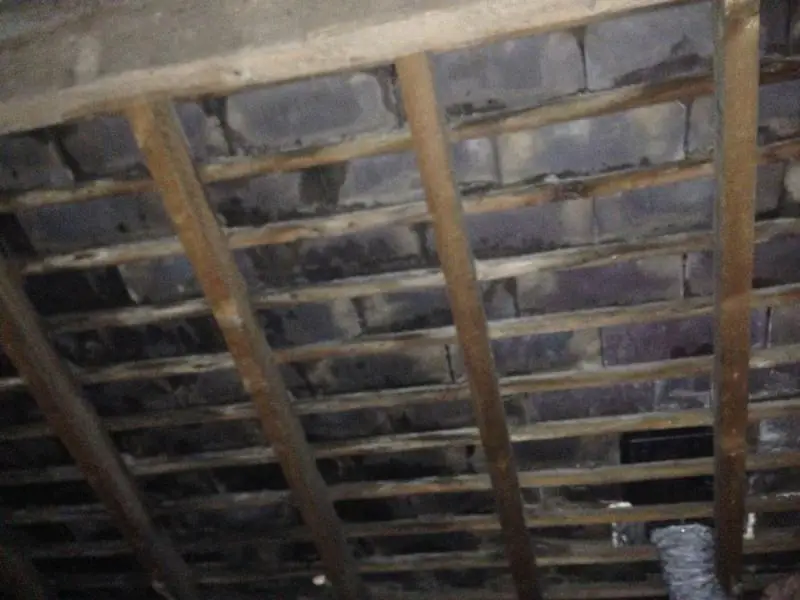13. Redundant flues require venting - top and bottom.
14. All your flues are redundant then?
They are yes. The front one is permanently redundant and I'm hoping to put a gas fire in the rear chimney one day when we can afford it, although that wont be any time soon. The rear one is where the current free standing electric fire is.
As I said, the rear one has definitely not been capped off at the top and as far as I know, neither has the front one but I will have to double check that.


